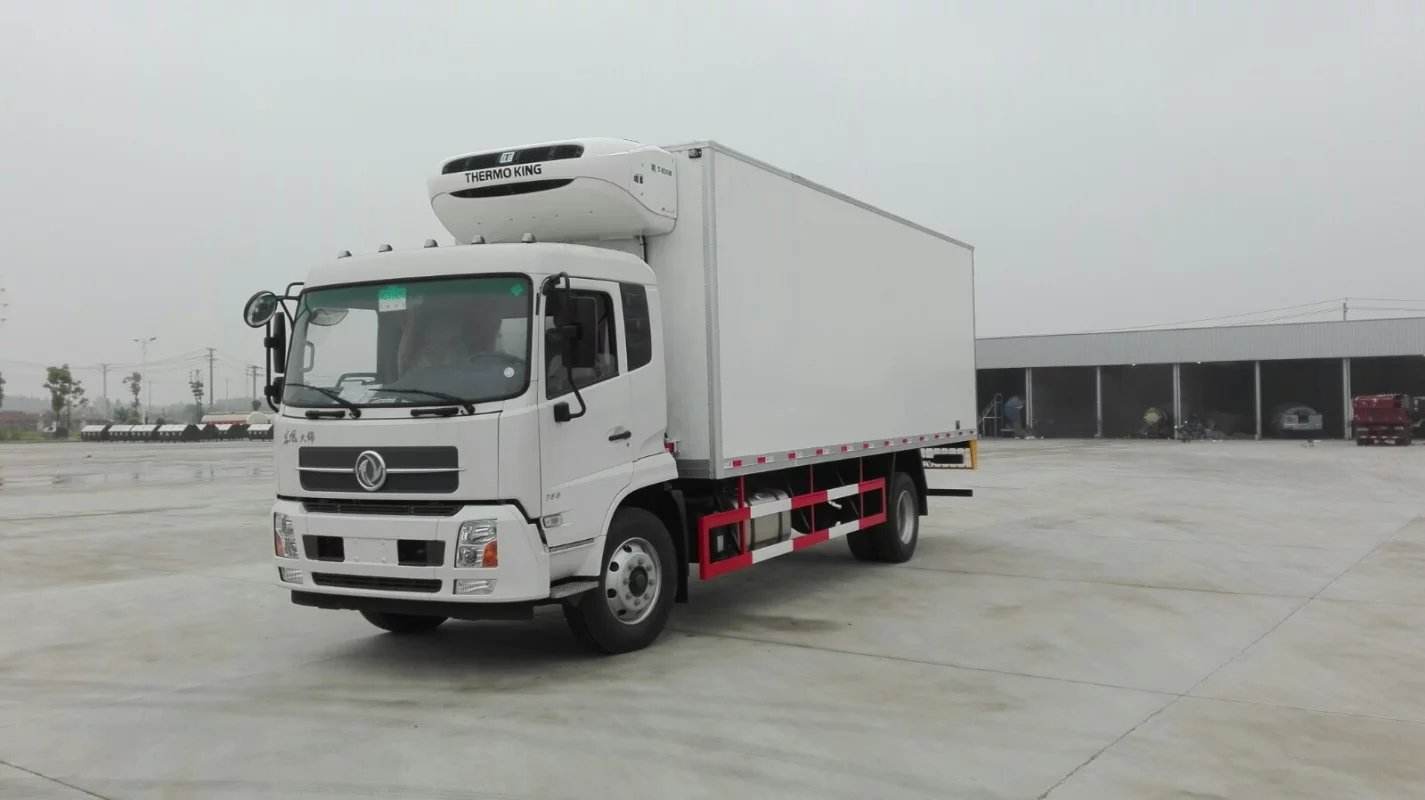What are the precautions for cold chain logistics?
For those who do cold chain transportation for a long time, for a lot of details, the system has done a good job, but the customer is also very demanding. The following is a brief introduction to the cold chain logistics transportation.

First, clean the interior of the car. After each shipment, the interior of the compartment should be cleaned. When unloading, the ice inside the compartment will melt. The staff will move back and forth, which will make the compartment dirty. Some meat products will bleed when they melt. To make the car have an odor, affecting the next boxing, may be odorous, there will be safety hazards for the goods.
Many customers will first check the car when they are shipped. If they are not qualified, they will not arrange delivery, which will waste time and affect the efficiency of the vehicle. It can be seen that after completing a transportation, the cleaning car is very clean. Necessary.
Second, check the goods in advance for damage, thawing, and check the trucks. If there is damage to the refrigeration system, repair it early, in case of loss of goods, and do not cause serious damage to customers.
The frozen products have high requirements for the temperature of the compartments, and their added value is also very high. Therefore, when loading and transporting, it is necessary to check the refrigeration system of the vehicle in time, and when loading the truck, be sure to carefully check the goods. The number of avoiding inventory is incorrect and causing losses.
Third, the whole process of controlling the temperature inside the car during transportation to prevent the temperature of the car from falling or rising, strictly in accordance with the temperature requirements of the goods, when the temperature is not the same, it is necessary to make timely adjustments.
Fourth, after the arrival of the destination, the goods should be carefully counted, and the after-care service should be done. It is important to pay attention to safety when unloading.
Reprinted from the network


